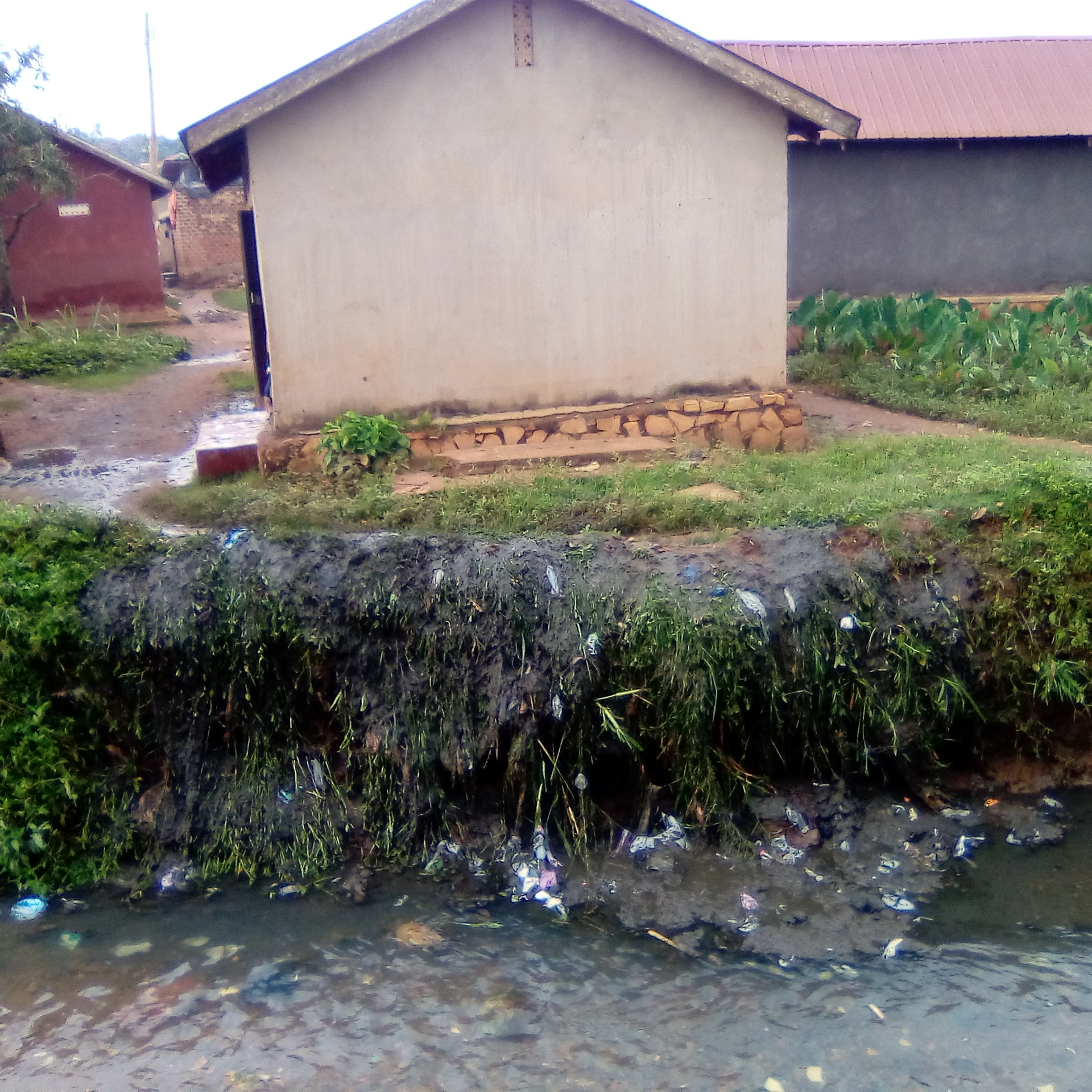Health disaster awaits residents of Kosovo-Lungujja
An unidentified resident in Kosovo, Lungujja in Rubaga Division, has emptied his pit latrine into Nabisasiro Drainage Channel, which has led to a stench smell and health risks along the channel and its surroundings.
Mugisha Enock, a concerned resident has told The Drone Media that his neighbour, a one Derrick, took advantage of power black-out to make several rounds of trips as he emptied his pit latrine into an adjacent drainage channel. Mugisha says this has left a significant health risk to the people living around.
” I have informed LC I Chairperson, but has not positively responded. The place smells; our children are at risk, we are so worried,” Mugisha cried.
Well, pit latrines are the main form of sanitation in unplanned areas in Kampala and other growing cities. However, due to poverty and many other factors like lack of latrine emptying knowledge, attitudes and behavior; feaces find their way into open drainage.
The Drone Media has established that most of the residents dodge expenses to empty pit latrines by emptying feaces into open drainage. Some of the expenses they fear include repair or replacement of slabs damaged during emptying.
Also, due to the high increase in the population of such unplanned areas and the presence of floods, the emptying frequency is a threat as it increases costs. Equivalent costs per user household in Kosovo-Lungujja is estimated by dividing emptying costs by the reported number of households residing at the property who share the facility.
Emptying expenditure is compared to monthly income of resident households and to the median monthly income of each income quintile, to assess ability to pay and affordability.
While the number of households residing at each property and using the latrine is collected, the socio-economic data for the resident household is also added to get best results.
As a result, in assessing affordability of per user household equivalent costs, it is assumed households residing at each property are in the same income quintile as the resident household (i.e., property owner, in most cases).

